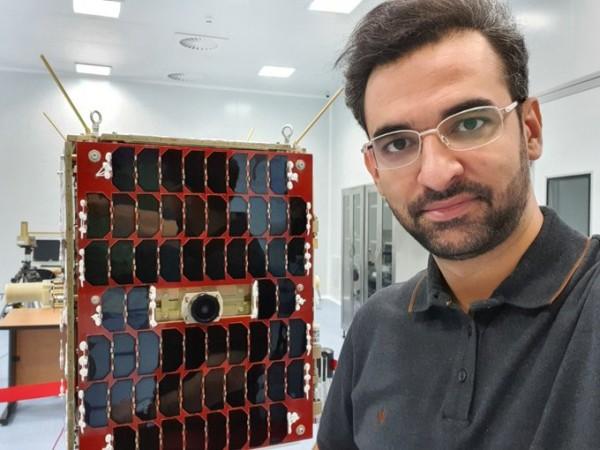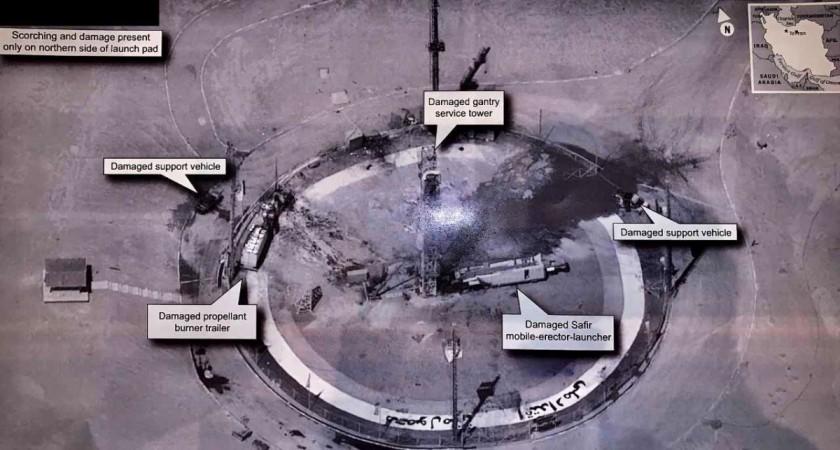
Iranian minister on Saturday, August 31 posted a picture showing an undamaged satellite, Nahid 1, days after US President Donald Trump shared a surveillance image of an apparent failed rocket launch on Iran's Semnan region.
The Information and Communications Technology minister of Iran, Mohammad Javed Azari Jahromi posted a picture of himself in front of the Nahid 1(Venus 1) satellite on Twitter. Reporters were also shown the satellite at the state-run lab, according to Iranian news agencies.
Me & Nahid I right now, Good Morning Donald Trump! pic.twitter.com/0tQnCP7cQa
— MJ Azari Jahromi (@azarijahromi) August 31, 2019
The Iranian government or state media had not commented on Thursday's explosion at the Imam Khomeini Space Centre. However, the incident was confirmed to have taken place according to Reuters' Iranian and US official sources.
Jahromi message is a response to President Donald Trump's tweet on Friday in which he posted a black-and-white photo that showed the Iranian explosion site including a reported damaged gantry service tower and a downed mobile erector launcher. According to the Associated Press, the launch pad had "National Product, National Power," written in large fonts in Parsi.

Trump was criticised for disclosing US surveillance secrets to which he responded on Friday by saying that the president can declassify such material.
Terming the US President's recent revelation as "welcome news to our adversaries", Patrick Eddington, a former CIA satellite imagery analyst told Reuters that disclosing the pictures on Twitter is "not a legitimate or responsible way."
Jahromi told official Mehr news agency that details about the explosion will be announced by the defence ministry. "But what we do know is that the Nahid satellite is still being prepared at the Iranian Space Research Institute," he said.
The Nahid 1 is reported to be a telecommunication satellite and is one of the three satellite launches planned by Tehran this year according to AP. The satellite was Iran's first with foldable solar panels and was designed to fly around the world in low orbit for some two-and-a-half months.
The United States has kept a close watch on Iran's space and defence developments and is concerned about Iran using its satellites and the possibility of developing its ballistic missile systems to launch nuclear warheads. Teheran has denied claims of launches being linked to its advanced defence development.
Tensions between the two countries have heightened after US withdrew from the Joint Comprehensive Plan of Action (JCPOA) nuclear deal last year and reimposed sanctions on Iran and countries participating in oil and other commodity trade with the country.
Iran responded by increasing its production of enriched uranium violating its commitments under the nuclear stockpile limit.

















